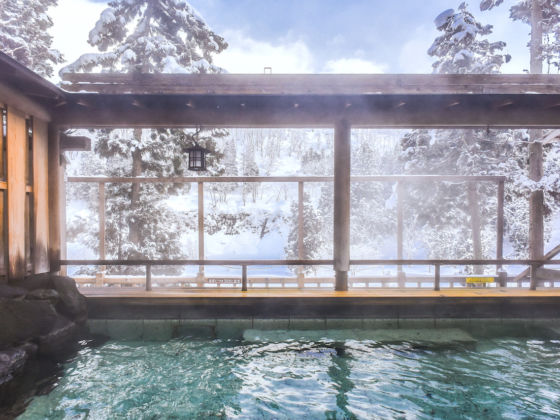Onsens are natural hot springs and a major part of Japanese culture. The word can be used to reference individual hot springs, a group of them, or a resort town dedicated solely to hot springs. Some onsens come as part of a ryokan (a Japanese inn) in which visitors can only use the onsen if they’re staying for at least a night, but there are some ryokans that allow daytime visits. But whatever the kind of onsen, Japan’s got them all in spades.
The mineral-rich waters have a variety of benefits, including softening skin, relieving fatigue, alleviating aches and pains, and aiding bodily functions. Before entering a hot spring, you’ll have to clean yourself with water and soap that the staff will have set up beforehand, and then you’ll enter the waters completely nude — but worry not: the areas are separated by gender. You’ll be able to find an onsen or onsen town in every region of Japan, but here are seven of the coolest ones that you should definitely seek out.
